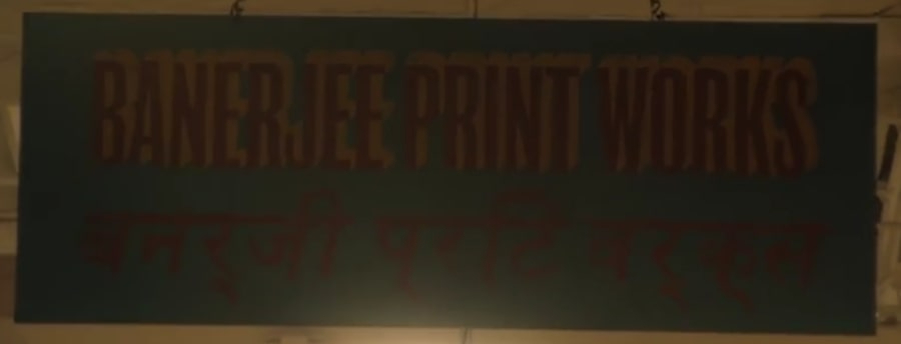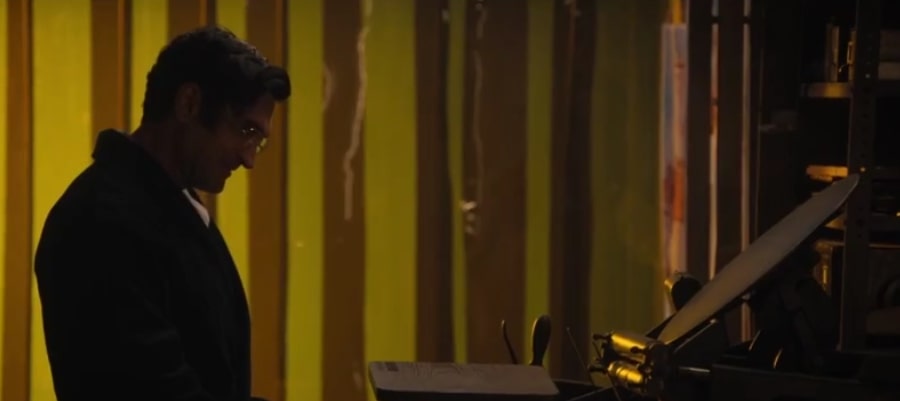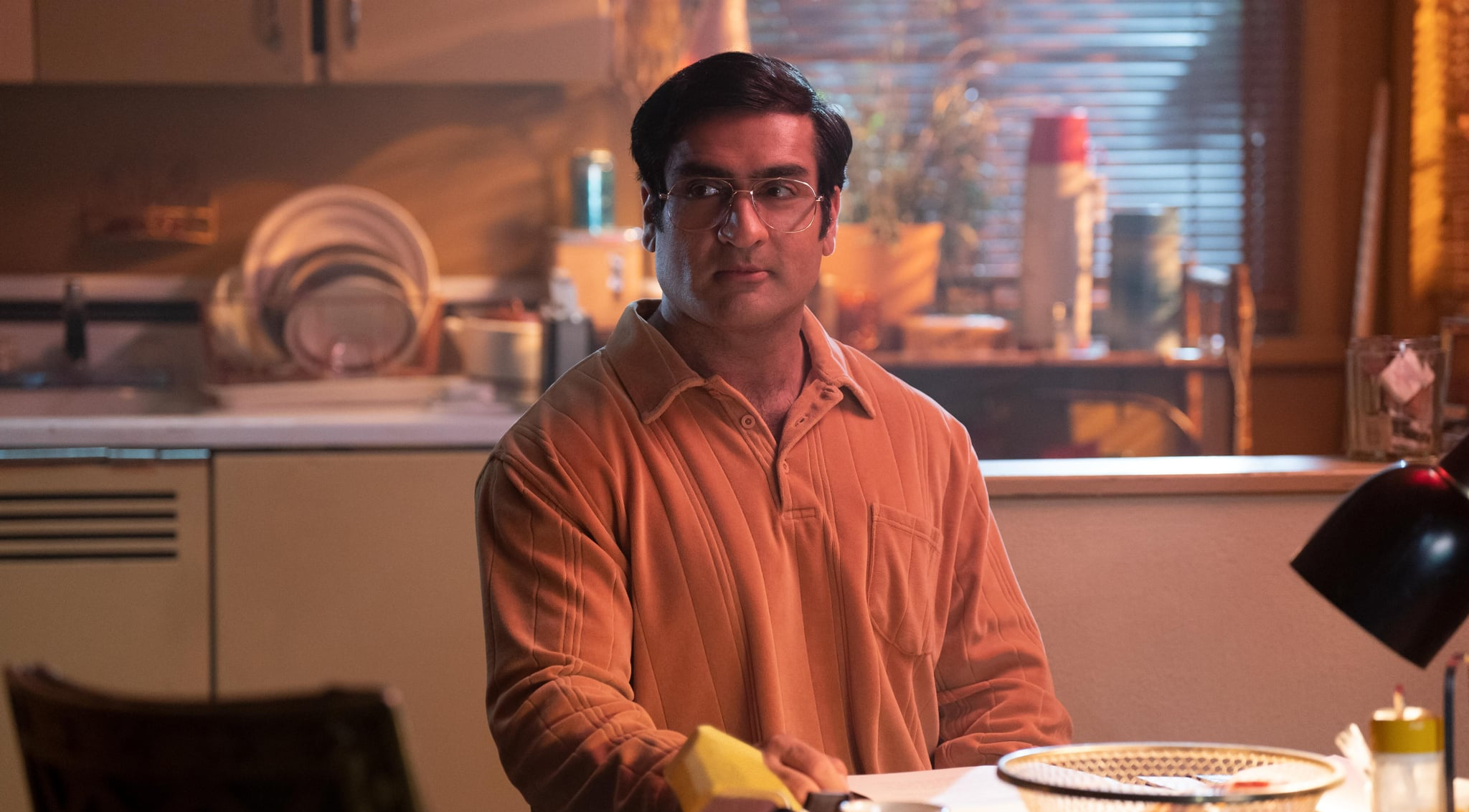With Hulu’s ‘Welcome to Chippendales‘ charting the origin of not just the titular club but also its unlikely founder-owner, we get a true insight into the way this revue became an utter phenomenon. That’s because there’s sex, money, drugs, greed, jealousy, passion, as well as murder at nearly every step of the way, with India-born Somen “Steve” Banerjee being right at the front and center. Yet for now, if you simply wish to learn more about the ambitious entrepreneur’s roots and whether a printing press was really a part of his life in the past, we’ve got the necessary details for you.
The Banerjee Printing Legacy
The concise answer is yes; Steve was born as Somen Banerjee into the fourth generation of a family of printers in Bombay (now better known to the world as Mumbai), India, on October 8, 1946. In other words, despite the fact there was British rule (1858-1947), his great-grandparents had managed to establish a printing store that actively operated for at least two generations after them. This much is actually made clear in the 2014 book ‘Deadly Dance: The Chippendales Murders’ by K. Scot Macdonald and Patrick MontesDeOca,’ which serves as an inspiration for the Hulu original.

However, the truth is although the production clearly illustrates the family business as “Banerjee Print Works,” neither the non-fiction source text nor any other reports have ever clarified the name. As for Steve’s role in the shop, he was likely a part of it as a child, yet he stepped away from it by the time he was in his 20s because his dream was to conquer the American dream, per the book. The then-competitive youngster wished for pure success in the West, not in the West Indian city, which is seemingly part of why he even took up the name Steve upon settling in California in 1969.
Coming to the ultimate fate of the printing press, albeit there has been no concrete confirmation or denial, from what we can tell, it has since closed down or evolved into something else entirely. After all, according to the series — based on the book, which in itself takes elements from real-life events — Steve was apparently the sole, rightful successor within the family, but he chose differently. His father thus supposedly ran the store beneath their house in Bombay until he couldn’t anymore, that is, until he passed away at the age when he was supposed to be enjoying life as a retiree.

With that said, we should mention there are some aspects of publishing Steve couldn’t completely leave behind since his Chippendales work involved quite a bit of it in one way or another. Whether it be in the form of paper advertisements, the calendars he designed, or any other marketing tactic, he must’ve had to directly involve publishers, which he would’ve done only upon considering his own past experiences and comparing.


You must be logged in to post a comment.